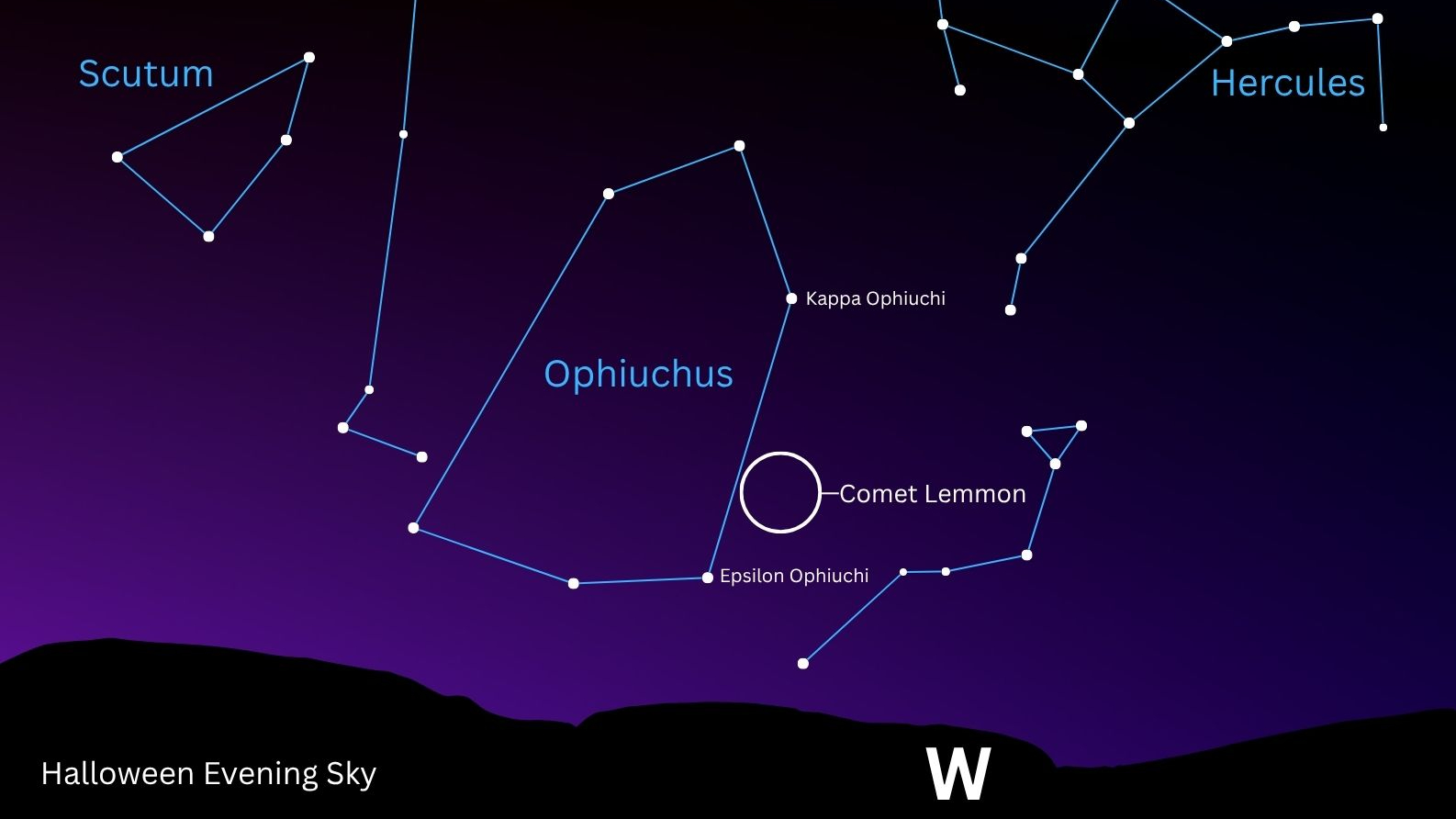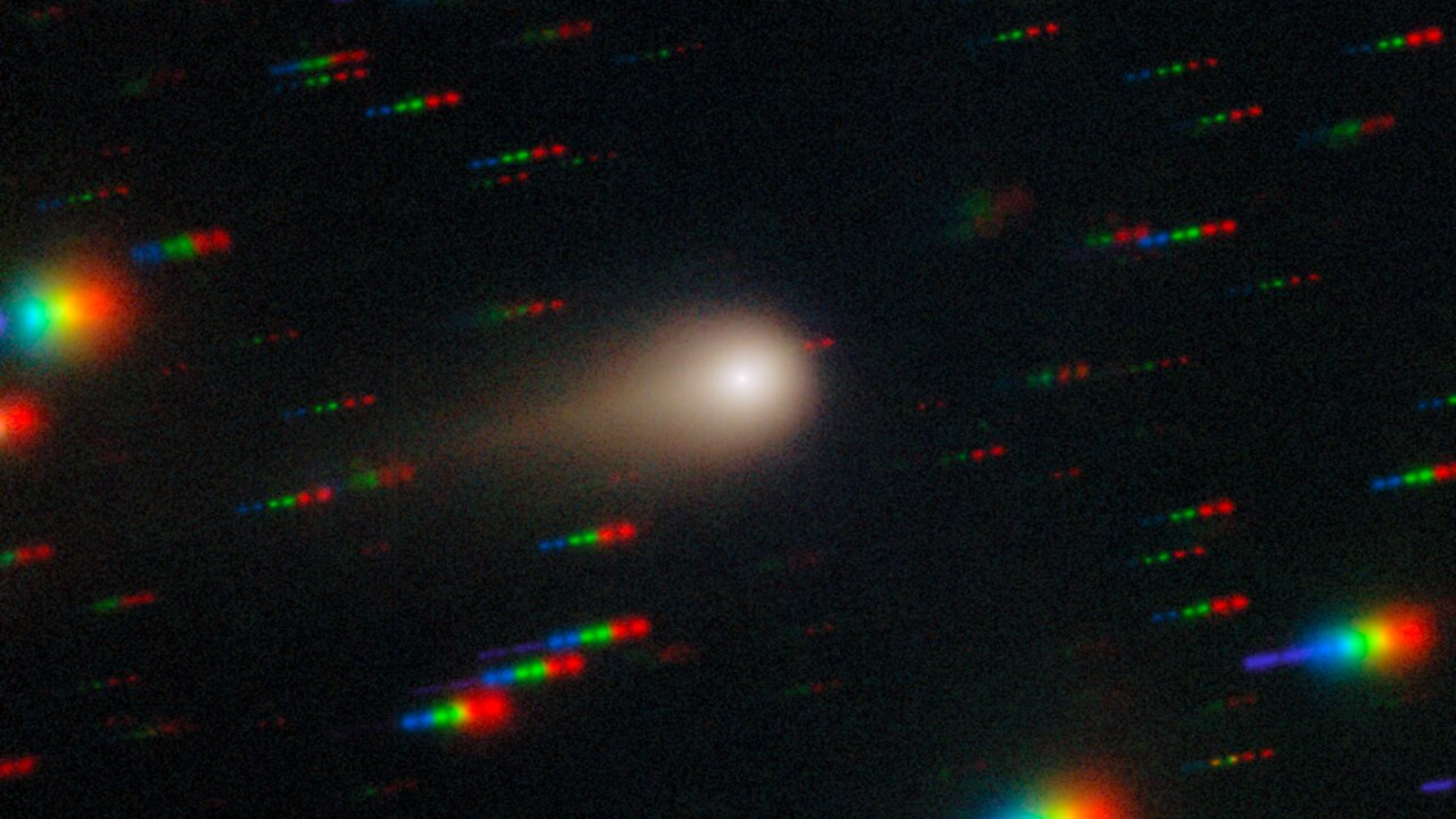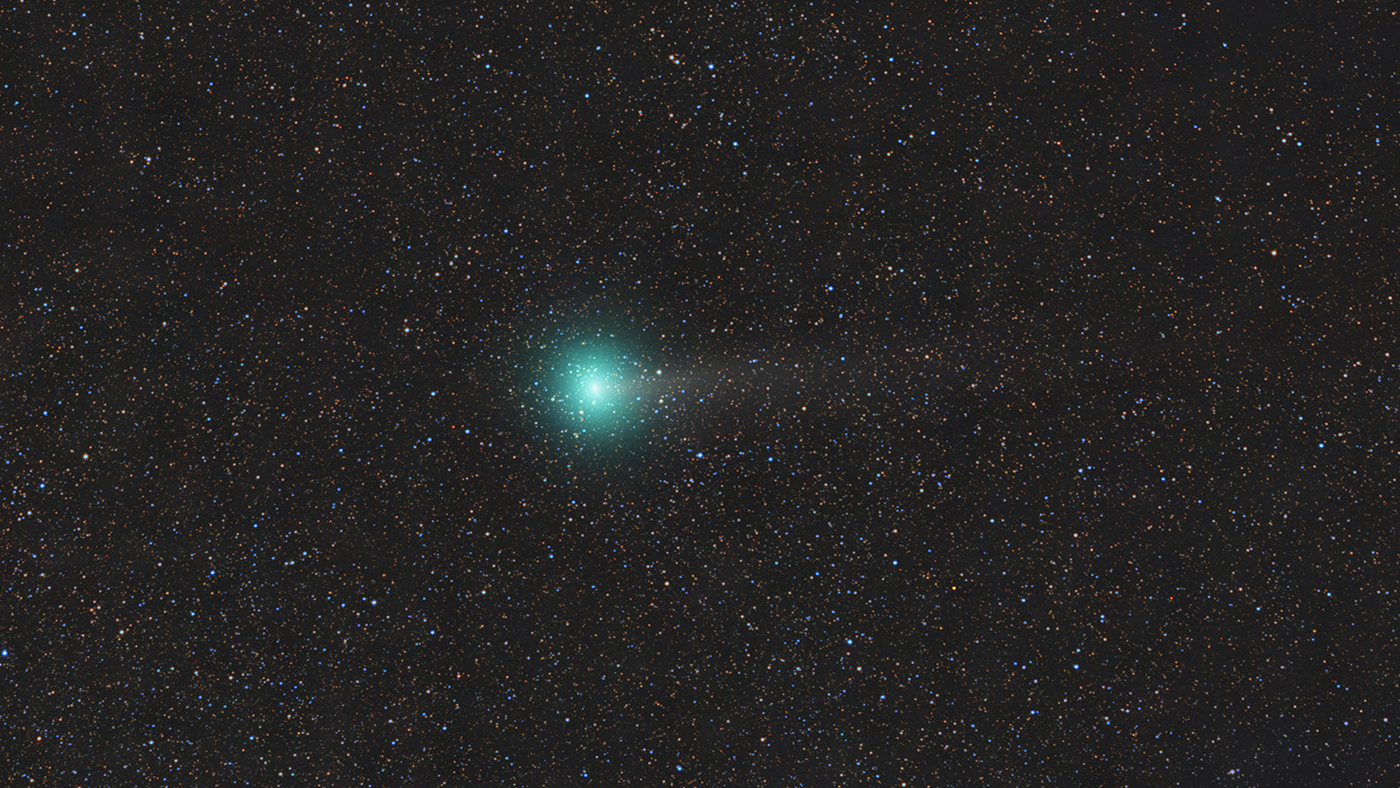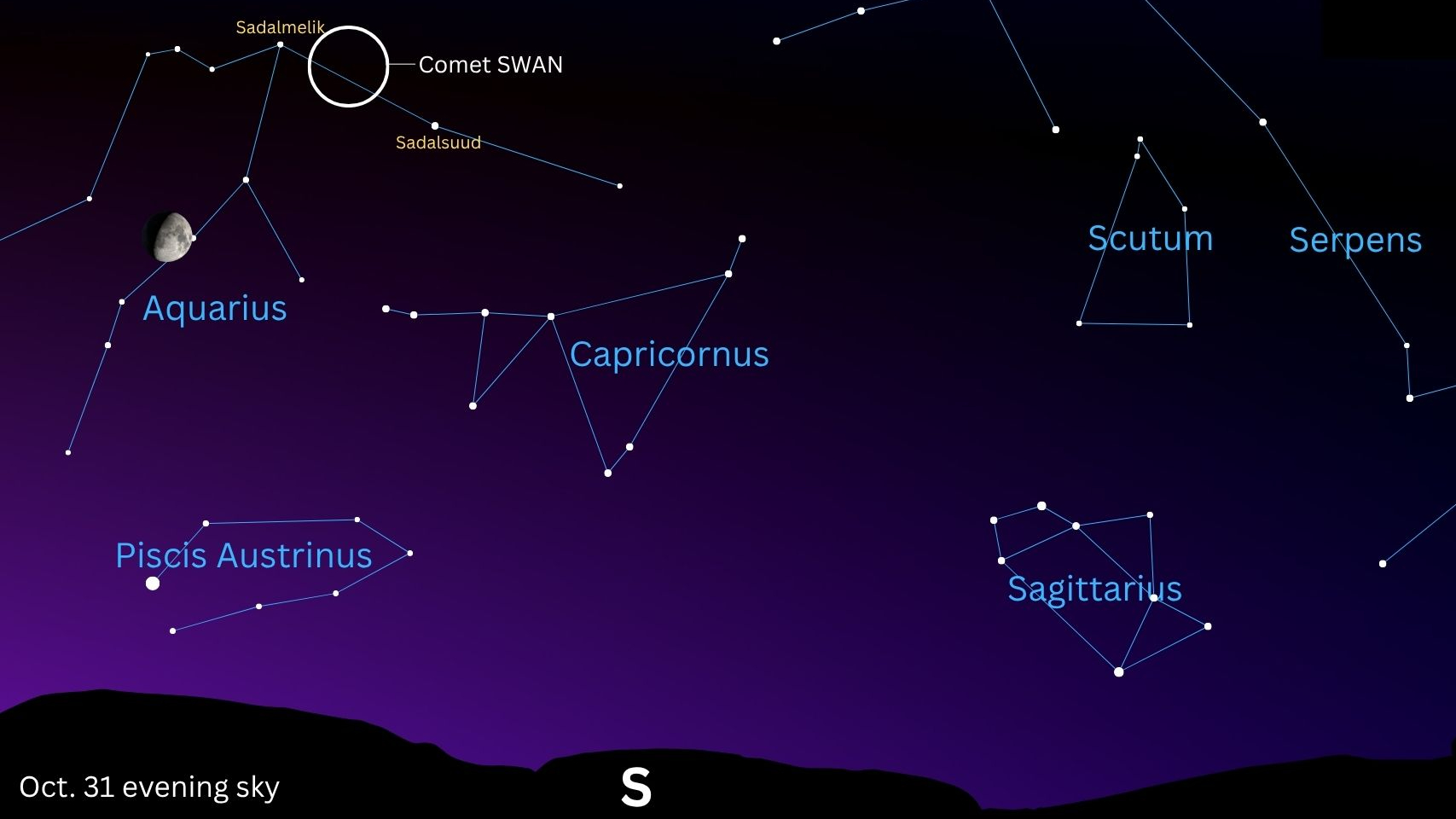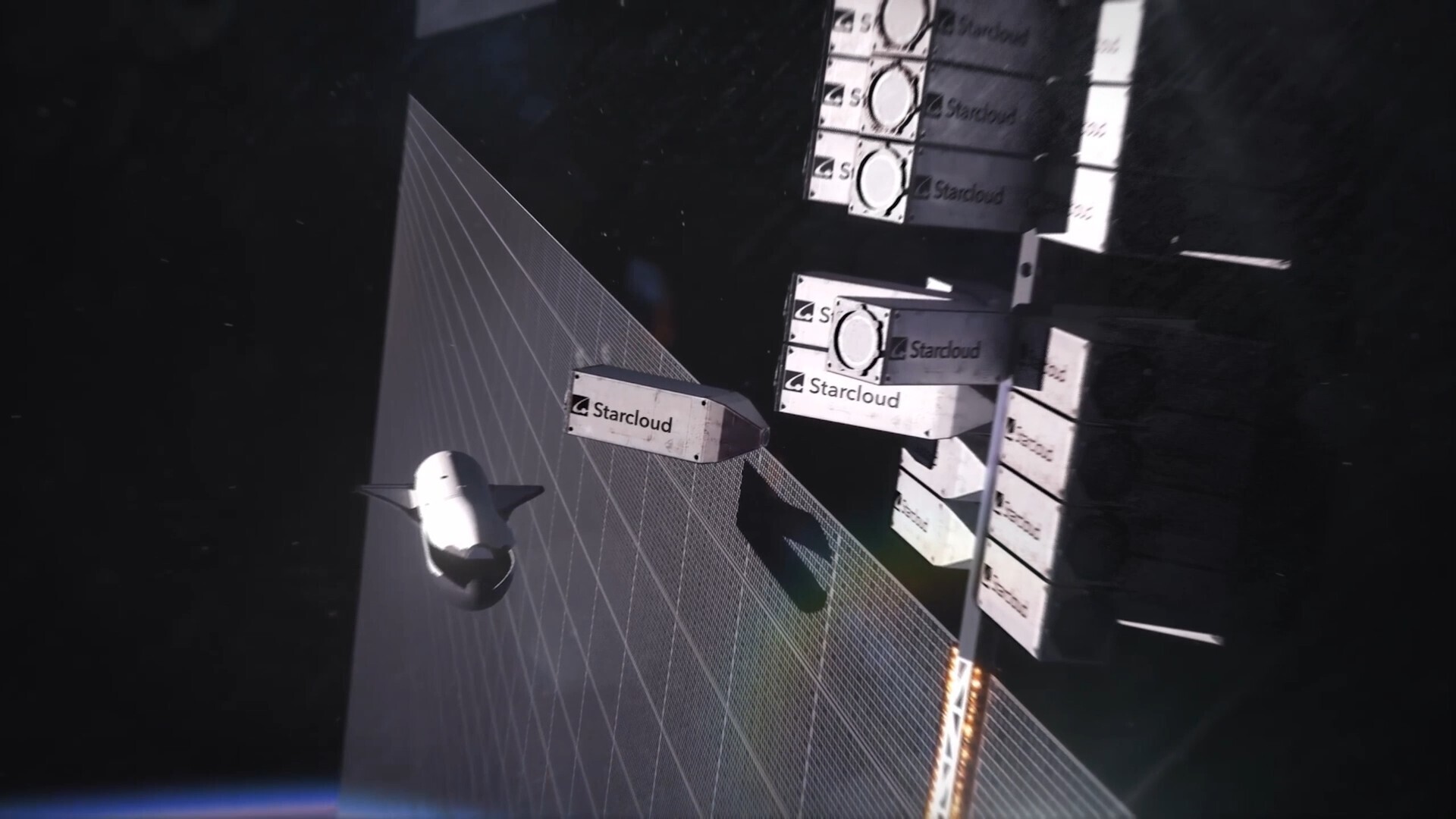Trick or treat: Here's where to find comets Lemmon, SWAN and 3I/ATLAS in the Halloween sky
Here's where Comet 3I/ATLAS, Lemmon and SWAN are in the Halloween sky.

Halloween is upon us and the 2025 spooky season is abuzz with talk of three cosmic visitors — Comet Lemmon, Comet SWAN and the interstellar traveler 3I ATLAS — said to be haunting the night sky. But when it comes to stargazing, one of these ghostly wanderers is more trick than treat!
Comets are composed of primordial matter left over from the creation of our solar system — and others — which become active as they approach the sun, as the increase in heat radiation causes icy materials to transform into a gaseous shell around the nucleus. That shell is then blown away by the solar wind — the relentless stream of charged particles issuing forth from our star — creating a tail that reflects sunlight..
Read on to discover how to find Comet Lemmon, SWAN and the interstellar visitor 3I ATLAS in the Halloween night sky. If you're mew to stargazing check out our guide to the best smartphone astronomy apps to help you find your way amongst the sea of stars.
A Cometary trick, or a stargazing treat?
Comet Lemmon — A Halloween treat
Comet C/2025 A6 Lemmon has brightened dramatically over the past month. It currently boasts a magnitude — or apparent brightness — of around +4.2, according to the Comet Observation Database, which would render it visible as a hazy patch of light from a dark sky location.
Whilst it's possible to view Comet Lemmon with the naked eye, a pair of 10X50 binoculars or even a modest backyard telescope will help reveal the sunlight reflecting from the icy wanderer's central coma and magnificent, elongated tail.
Comet Lemmon will be positioned low on the western horizon, embedded among the stars of the constellation Ophiuchus in the hours following sunset on Oct. 31. After locating the constellation, use your smartphone astronomy app to pinpoint the stars Kappa Ophiuchi and Epsilon Ophiuchi. Comet Lemmon will shine roughly halfway between these two stellar giants, near the magnitude +3.8 star Marfik.
Interstellar Comet 3I/ATLAS — a skywatching trick
Comet 3I/ATLAS has been haunting the news cycle ever since its discovery in July 2025, when it was swiftly confirmed to be the third interstellar visitor ever to visit our solar system after being created in the orbit of a distant star. Its surprise appearance garnered significant attention from the public, conspiracy theorists and the scientific community alike, the latter of which is actively observing the object with a host of ground-based observatories and spacecraft to gather as much data as possible before it races out of view.
Breaking space news, the latest updates on rocket launches, skywatching events and more!
3I/ATLAS made its closest approach to the sun — an event known as perihelion — on Oct. 30 and has a current approximate magnitude of just +11, placing it well below the light detection threshold of the unaided human eye. Sadly, the interstellar visitor is still very close to the sun and so won't make for a good telescopic target on Oct. 31.
On Halloween night, 3I/ATLAS will be positioned close to the rocky planet Venus in the constellation Virgo, which will rise highest in the hour preceding dawn on Nov. 1, bathed in the glow of the rising sun. The cosmic interloper is expected to emerge from behind the glare of our parent star by early December, according to NASA, though its apparent brightness will likely have dipped significantly by then, as it passes ever further from the sun's radiation, on an escape trajectory from our solar system.
Comet C/2025 R2 (SWAN) — A telescopic challenge
Comet SWAN was discovered on Sept. 10 by Ukrainian amateur astronomer Vladimir Bezguly and quickly became a popular target for the astrophotography community, who succeeded in capturing incredible detail in the icy wanderer's majestic tail.
SWAN's brightness is currently on the decline following its close brush with Earth on Oct. 21. Its estimated magnitude of 7.2 renders it too dim to be spotted with the naked eye, though a pair of 10X50 binoculars or a small backyard telescope will help reveal the hazy reflected light centered around its icy nucleus shining against the blackness of space. However, the light of the 76%-lit moon will present an added challenge to spotting the comet on the night of Oct. 31
Look to the southern horizon in the hours following sunset on Halloween to find the moon glowing among the stars of the constellation Aquarius. Next, locate the bright magnitude 3 stars Sadalmelik and Sadalsuud, which form the shoulders of the "water bearer" depicted in the stellar formation. Comet SWAN can be found in the patch of sky two-thirds of the way from Sadalsuud to Sadalmelik.
Comet SWAN is now rushing headlong away from the sun on a highly eccentric orbit that takes it well beyond the orbit of icy Neptune, and it isn't expected to return for another 1,400 years after it disappears from Earth's skies, so catch it while you can!
Stargazers interested in creating a lasting view of the transient visitors to Earth's sky should check out our guide to observing and photographing comets, along with our roundups of the best cameras and lenses for astrophotography in 2025.
Editor's Note: If you would like to share your cometary astrophotography with Space.com's readers, then please send your photo(s), comments, name and the location of your shoot to spacephotos@space.com.
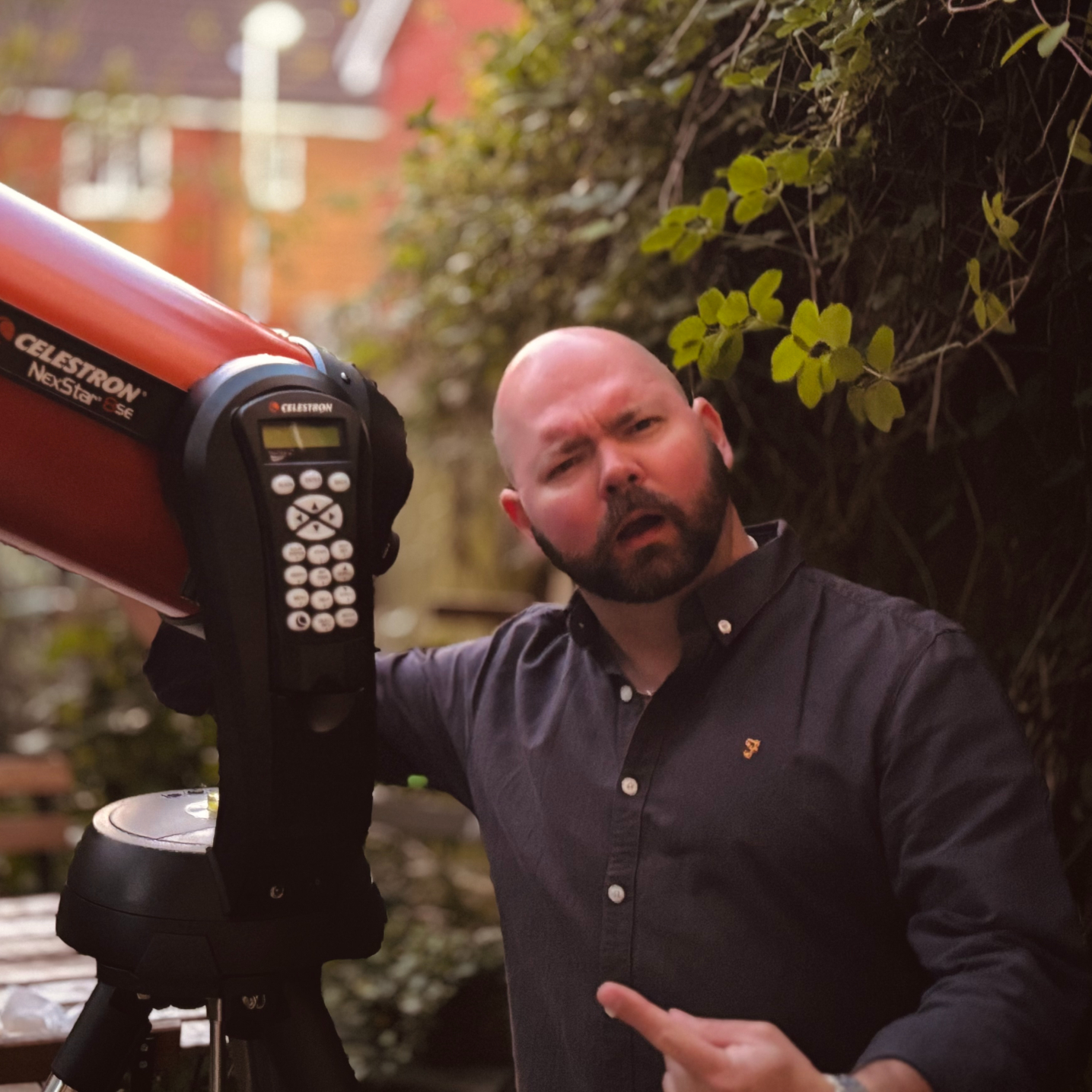
Anthony Wood joined Space.com in April 2025 after contributing articles to outlets including IGN, New Atlas and Gizmodo. He has a passion for the night sky, science, Hideo Kojima, and human space exploration, and can’t wait for the day when astronauts once again set foot on the moon.
You must confirm your public display name before commenting
Please logout and then login again, you will then be prompted to enter your display name.
